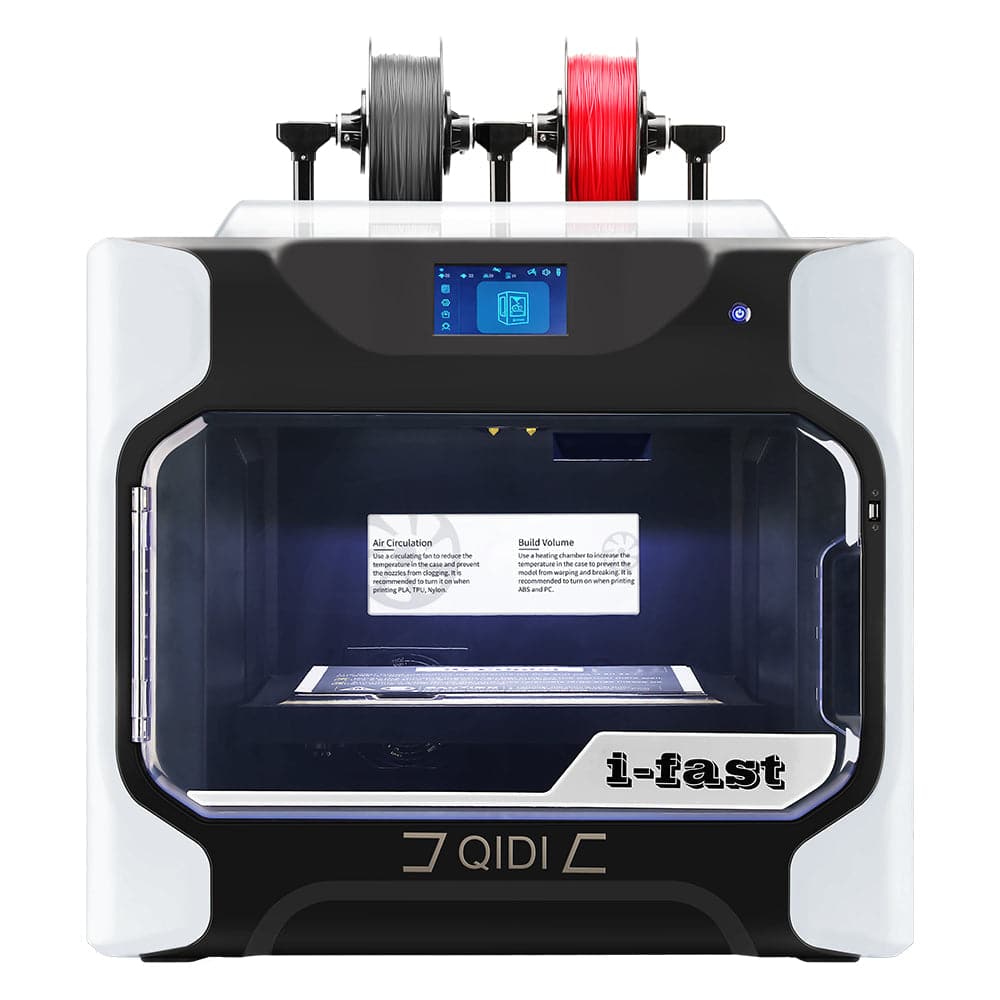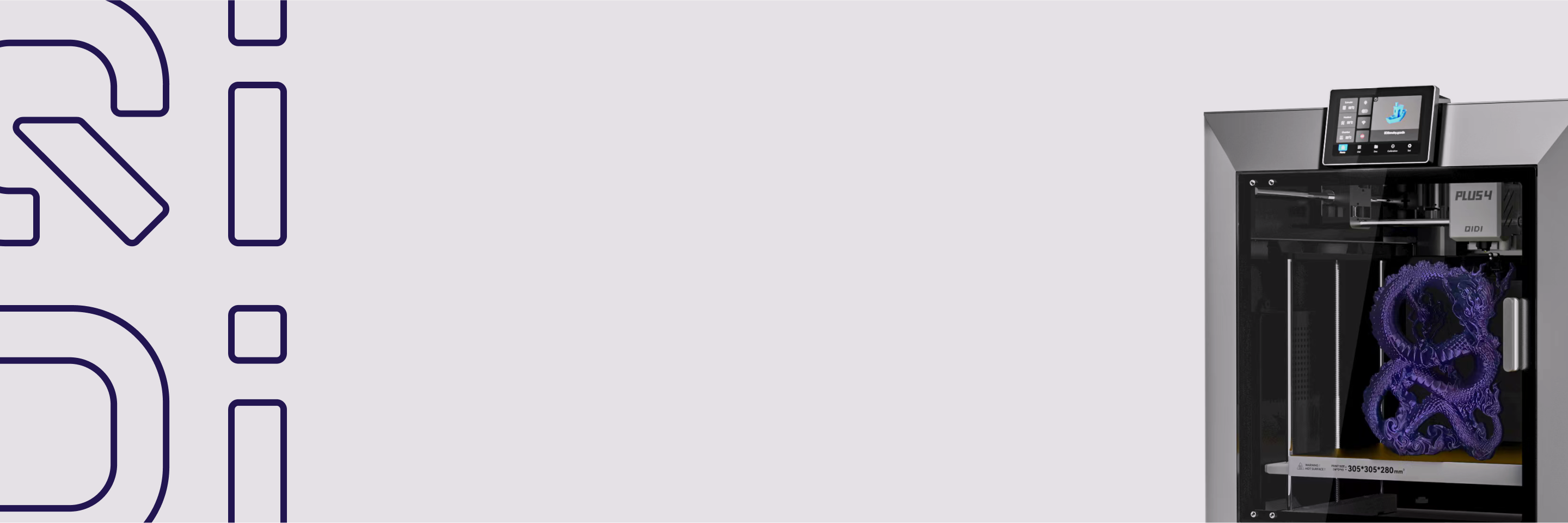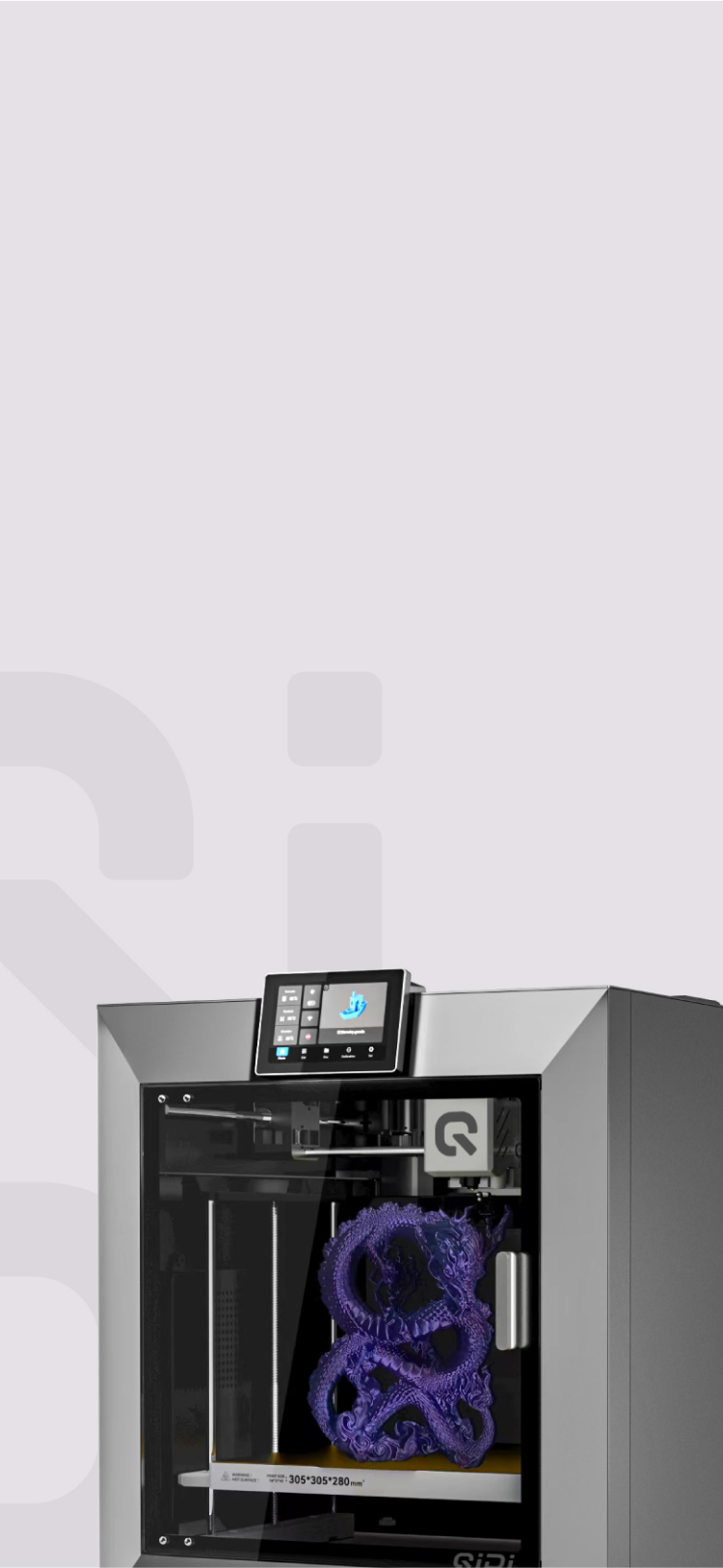3D印刷技術の主なタイプ


3D プリンティングは多くの業界に影響を与え、プロトタイプ、カスタマイズされた製品、さらには複雑な医療用インプラントの作成などを可能にしました。 3D プリントにはさまざまな方法があり、それぞれに長所と理想的な用途がありますが、主な種類を理解することが重要です。この記事では、最も一般的な 3D プリント技術の基礎、用途、長所と短所について説明します。これには、熱溶解積層法 (FDM)、光造形法 (SLA)、デジタル光処理 (DLP)、選択的レーザー焼結法 (SLS)、マテリアル ジェッティング、オンデマンド ドロップ、サンド バインダー ジェッティング、メタル バインダー ジェッティング、直接金属レーザー焼結法 (DMLS)、選択的レーザー溶融法 (SLM)、電子ビーム溶融法 (EBM) が含まれます。これらの方法を理解することで、ニーズに合った適切な 3D プリント アプローチを選択できます。
簡単な比較シート:
| テクノロジー | 使用材料 | アプリケーション | 利点 | デメリット |
|---|---|---|---|---|
| ファジィ | プラスチック | プロトタイプ、モデル | 安くてシンプル | 品質が低い |
| サービスレベル保証 | 樹脂 | スムーズなプロトタイプ | 素晴らしい詳細 | より高価 |
| セルス | ポリマー粉末 | 機能部品 | 強くて耐久性のある部品 | 高い |
| マテリアルジェッティング | フォトポリマー | マルチマテリアル/カラーパーツ | 素晴らしいディテール、多様な素材 | 限られた材料 |
| 国防総省 | フォトポリマー、ワックス | モデル、プロトタイプ | マルチマテリアル対応 | 速度が遅い |
| バインダージェッティング(砂) | 砂、バインダー | 金属鋳造用金型 | 複雑なデザイン | 限定的なアプリケーション |
| バインダージェッティング(金属) | 金属粉末、バインダー | 金属部品 | 設計の柔軟性 | 後処理が必要 |
| DMLS | 金属粉末 | 機能金属部品 | 高強度、複雑な形状 | 高価で限られた材料 |
| EBMC | 金属粉末 | 高性能コンポーネント | 優れた強度 | 非常に高価 |
| 情報漏洩防止 | 樹脂 | スムーズなプロトタイプ | 高精度 | 材料が限られており、高価 |
熱溶解積層法(FDM)
FDM 3Dプリントの仕組み
ファジィ は、最も人気があり、利用しやすい 3D 印刷技術の 1 つです。このプロセスは、加熱されたノズルを通して固体プラスチック フィラメントを流し込むことで機能します。ノズルはプラスチックを溶かし、それをビルド プレート上に層ごとに堆積させ、デジタル デザインに基づいた 3D オブジェクトを作成します。
一般的な用途
FDM/FFF は、プロトタイプ作成、製品開発、製造ツールや治具のほか、コンセプト モデル、アート プロジェクト、趣味のアイテムの作成にも広く使用されています。PLA、ABS、PETG、特殊フィラメントなど、さまざまな熱可塑性材料を利用できます。
利点
- 手頃な入場料 デスクトップ 3D プリンター
- 幅広い素材の選択肢 さまざまな用途に
- 比較的シンプルで安全なプロセス
デメリット
- 他の方法に比べて解像度と表面品質が低い
- 印刷物に層状の線が見える
- 潜在的な問題 ワーピングやストリングスなど
全体的に、FDM/FFFは、 料金使いやすさと、多くの用途に対応する汎用性により、3D プリントで人気のある選択肢となっています。

ステレオリソグラフィー(SLA)
SLA 印刷プロセス
SLA は、液体フォトポリマー樹脂の容器と紫外線 (UV) レーザーを使用して、部品を層ごとに構築する 3D 印刷技術です。レーザー ビームは樹脂の表面の各層をトレースし、選択的に固化させて 3D オブジェクトを形成します。
主な用途
SLA は、歯科、宝飾品、製品製造などの業界で、高精度のプロトタイプ、インベストメント鋳造のパターン、最終用途部品の製造によく使用されます。滑らかな表面仕上げを実現し、複雑な詳細をキャプチャする機能があるため、これらの用途に適しています。
利点
- 高い精度と精密さ
- 優れた表面品質
- 複雑な形状や微細な特徴を印刷可能
デメリット
- より高価なプリンターと材料 FDM 3Dプリントと比較して
- 材料の種類は限られており、主にフォトポリマー樹脂である。
- サポート除去などの後処理が必要になることが多い
- 液体樹脂の取り扱いによる潜在的な健康と安全上の懸念
SLA テクノロジーはコストは高くなりますが、優れた印刷品質と詳細な解像度を提供するため、さまざまな分野のさまざまなプロトタイプ作成や少量生産のニーズに役立ちます。
デジタル光処理 (DLP)
DLP印刷の仕組み
情報漏洩防止 はフォトポリマーを使用する別の 3D 印刷技術ですが、レーザーの代わりにプロジェクターを使用して、各層の単一の画像を樹脂槽の表面全体にフラッシュします。これにより、オブジェクトの層全体が一度に素早く硬化します。
主な用途
DLP は、高精度のプロトタイプ、鋳造用パターン、歯科用模型、最終用途部品の小ロット製造に最適です。そのスピードにより、より短いターンアラウンド時間を必要とするアプリケーションに役立ちます。
長所と短所
利点
- SLAに比べて印刷速度が速い
- 高精度と高解像度
- 複雑な形状を印刷できる
デメリット
- FDMプリンターよりも高価
- フォトポリマーに基づく限られた材料オプション
- 樹脂の取り扱いには注意が必要
- 追加の仕上げ/後硬化が必要な場合があります
DLP は、比較的高速で非常に高い解像度を提供しますが、FDM よりもコストが高くなります。複雑なプロトタイプ、鋳造、特殊な製造アプリケーションに最適です。
選択的レーザー焼結(SLS)
SLS 印刷プロセス
選択的レーザー焼結(SLS) 高出力レーザーを使用してポリマー粉末の小さな粒子を融合して固体構造を形成する 3D 印刷プロセスです。レーザーは、3D モデルに基づいて粉末を層ごとに選択的にスキャンし、焼結 (溶融) します。
製造アプリケーション
SLS は、航空宇宙、自動車、医療などの業界で、機能的なプロトタイプや最終用途の生産部品に広く利用されています。耐久性と耐熱性に優れた部品を製造できるため、製造用途に適しています。
利点
- サポート構造は不要
- 高強度で機能的な部品を生産
- さまざまなポリマー材料を使用可能
デメリット
- 高価な産業用プリンター
- 多孔質表面仕上げには後処理が必要な場合があります
- 厳しい動作環境要件
- 未焼結粉末からの材料廃棄物
SLS はコストは高くなりますが、優れた機械的特性を備えているため、強度と耐熱性が不可欠な耐久性のあるプロトタイプや最終生産部品の製造に最適です。
マテリアルジェッティング(MJ)
MJ 印刷プロセス
MJ印刷、別名 ポリジェット またはマルチジェット印刷は、液体フォトポリマー材料を UV 光を使用して層ごとに選択的に噴射して硬化させる 3D 印刷技術です。プリント ヘッドは、構築材料とサポート材料を同時に配置します。
代表的な用途
MJ は、製品設計、製造、歯科、医療、宝飾品などの業界全体で、非常に詳細なプロトタイプ、コンセプト モデル、最終用途部品の製造に優れています。1 回のビルドで複数の材料と色を印刷できるため、多用途に使用できます。
利点
- 複数の素材や色を印刷可能
- 高精度と微細解像度
- 滑らかな表面仕上げには、後処理が最小限で済むことが多い
デメリット
- より高価なプリンターと材料
- サポート材を除去する必要があります
- 一部の技術に比べて材料の能力が限られている
マルチマテリアル印刷機能と高精度を備えたマテリアル ジェッティングは、複雑なディテール、テクスチャ、色が必須の要件である多様な試作および生産ニーズに応えます。
ドロップ オン デマンド (DOD)
国防総省の印刷プロセス
ドロップオンデマンド(DOD)3Dプリント フォトポリマーやワックスなどの液体材料を液滴として選択的にビルド プラットフォーム上に堆積させることで機能します。プリント ヘッドがプラットフォーム上を層ごとに移動すると、液滴が小さなノズルから噴射され、3D オブジェクトが作成されます。
工業および商業用途
DOD は、視覚化モデル、コンセプト プロトタイプ、鋳造パターン、小規模生産によく使用されます。製造、航空宇宙、自動車、ジュエリー製造、製品設計などの業界で応用されています。
利点
- 複数の素材や色を印刷できる
- 後処理の必要性が少なく、表面が滑らかに仕上がります
- 少量生産でもコスト効率が良い
デメリット
- 一部の技術に比べて速度が遅い
- 限られた材料能力
- サポート構造がしばしば必要となる
DOD は、マルチマテリアル印刷機能と少量生産時の手頃なコストにより、さまざまな分野で詳細なモデル、プロトタイプ、小ロット製品を作成するための多目的なオプションとして機能します。
サンドバインダージェッティング
サンドバインダージェッティングの仕組み
砂 バインダージェッティング 砂と液体バインダーの 2 つの材料を使用する 3D プリント プロセスです。3D モデル データに基づいて、バインダーを必要な領域に適用することで、砂の層が堆積され、選択的に結合されます。このプロセスにより、層ごとに固体の砂型またはコアが作成されます。
アプリケーション
サンド バインダー ジェッティングは、主に鋳造所や金属鋳造工程で使用され、金属鋳造プロセス用の砂型やコアを迅速に 3D プリントします。従来の成形技術に比べて複雑な幾何学的設計が可能になり、生産が加速されます。
利点
- 砂型・コアの製造にコスト効率が良い
- 複雑な形状の印刷が可能
- 天然砂を使用しているので環境に優しい
デメリット
- 印刷された型は強度が限られており、硬化が必要です
- 解像度は他の3Dプリントプロセスよりも低い場合があります
- 用途は主に砂型/中子製造に限定される
サンド バインダー ジェッティングは、鋳造用途に限定されていますが、金属鋳造プロセス用の非常に複雑な砂型やコアを迅速に作成するためのコスト効率の高い付加製造ソリューションを提供します。
金属バインダージェッティング
金属バインダージェッティングの仕組み
メタル バインダー ジェッティングは、2 成分の金属粉末材料システムを使用して、部品を層ごとに構築します。薄い金属粉末の層が堆積され、液体バインダーが 3D モデル データに基づいてそれらを選択的に結合して、「グリーン パーツ」を形成します。このグリーン パーツは、脱バインダー、焼結、浸透などのさらなる処理を経て、最終的な高密度金属部品が得られます。
アプリケーション
この付加的技術は、航空宇宙、自動車、医療などの業界で、複雑な形状の金属部品やコンポーネントの製造に応用されています。カスタマイズされた金属部品、ツール、機能プロトタイプをオンデマンドで製造できます。
利点
- 優れた材料特性を備えた高密度で高品質の金属部品を生産します
- 従来の方法では難しい設計の自由度と幾何学的複雑さを実現
- 他の金属3Dプリントプロセスと比較して経済的
デメリット
- 現在、適合する材料の範囲は限られている
- 脱脂や焼結などの追加の後処理手順が必要
- 最終的な部品の品質はプロセスパラメータによって変わる可能性があります
設計の柔軟性、コスト効率、およびフル密度の金属部品を作成する機能を組み合わせたメタルバインダージェッティングは、工業用金属部品の生産要件に対するますます魅力的な選択肢として浮上しています。
直接金属レーザー焼結法 (DMLS) / 選択的レーザー溶融法 (SLM)
DMLS/SLM印刷プロセス
DMLS と SLM は、高出力レーザーを使用して金属部品を層ごとに構築する同様の付加製造プロセスです。薄い層の微細金属粉末が均一に広げられ、レーザーが 3D モデル データに基づいて粉末粒子を選択的に溶解または焼結し、金属を融合して部品を形成します。
主な用途
DMLS/SLM技術は 航空宇宙などの業界で広く採用されているDMLS/SLM は、優れた機械的特性と細部解像度を備えた非常に複雑で堅牢な金属部品を製造できるため、自動車、医療、歯科などの分野で広く使用されています。航空宇宙業界では、軽量構造部品やエンジン部品に使用されています。自動車部門では、機能プロトタイプや生産部品の製造に使用されています。医療用途には、患者固有のインプラントや手術ガイドが含まれます。歯科では、DMLS/SLM は、クラウン、ブリッジ、取り外し可能な部分義歯フレームワークの製造に使用されています。

利点:
- 優れた材料特性を持つ、強度が高く高密度の金属部品を生産します
- 従来の製造では難しい複雑な形状を実現
- 部品の後処理はほとんどまたは全く必要ありません
デメリット:
- 高い 産業用プリンター および金属粉末
- 一部の技術に比べて材料の選択肢が限られている
- 除去する必要があるサポート構造
- 高いエネルギー消費
DMLS と SLM は、優れた設計の自由度と堅牢な機能金属部品を作成する能力を兼ね備えており、さまざまな分野で高性能コンポーネントを製造するための多目的ソリューションです。
電子ビーム溶解法(EBM)
EBMの仕組み
EBMは3Dプリントプロセスです 高真空中で集束した電子ビームを使用して、デジタル 3D モデルに従って金属粉末の層を選択的に溶かします。電子ビームは金属粉末粒子を加熱して溶かし、それらを融合して固化させ、層ごとに目的の部品を形成します。
高性能アプリケーション
EBM 技術は、優れた機械的特性と熱的特性を備えた高品質で高密度の金属部品の製造に最適です。この技術は、高性能部品を必要とする業界で応用されており、航空宇宙業界では航空機エンジン部品や構造部品、自動車業界ではタービンブレードなどの高応力部品、医療業界ではカスタマイズされた整形外科用インプラントや歯科用インプラント、エネルギー業界ではガスタービンや発電設備に使用される部品に使用されています。

利点
- 優れた機械的特性を持つ応力緩和部品を構築します
- ほとんどの場合、サポート構造は必要ありません
- 一部の金属3Dプリントプロセスと比較して、構築速度が速い
- さまざまな高性能金属材料を活用可能
デメリット
- 非常に高価な産業設備と運用コスト
- 高度に専門化された設備と熟練したオペレーターが必要
- 一部の技術と比較して材料の互換性が限られている
- 造形室の寸法による部品サイズの制約
コストが高く、特殊な運用要件があるにもかかわらず、EBM は、高性能コンポーネントに依存する業界全体の要求の厳しいアプリケーション向けに、堅牢で信頼性の高い金属部品を製造するという独自の利点を提供します。
3Dプリントでデザインを実現
この記事では、手頃な価格のプロトタイプ作成のためのデスクトップ FDM や SLA から、耐久性のある製造部品のための産業用 SLS まで、3D 印刷プロセスの多様な範囲について説明しました。マルチマテリアル技術により、複雑で多色のオブジェクトを作成できます。直接金属レーザー焼結法とバインダー ジェッティングにより、設計の柔軟性を備えた高性能の金属部品を製造できます。電子ビーム溶融などの特殊なプロセスにより、要求の厳しい業界向けに極めて堅牢な部品が製造されます。3D プリントは材料の改良、速度の高速化、精度の向上とともに進化しており、消費者部門と産業部門全体で採用が拡大します。適切な 3D プリント技術を選択して、アイデアを現実に変えてください。
続きを読む
- ABS と PLA: 3D 印刷のニーズにはどちらが適していますか?
- 3Dプリントは臭いますか?知っておくべきこと
- 3D プリント材料ガイド: 製造業の革新
- FDM 3D プリントを成功させるためのヒントとコツ


 プラス4
プラス4



 技術
技術 
